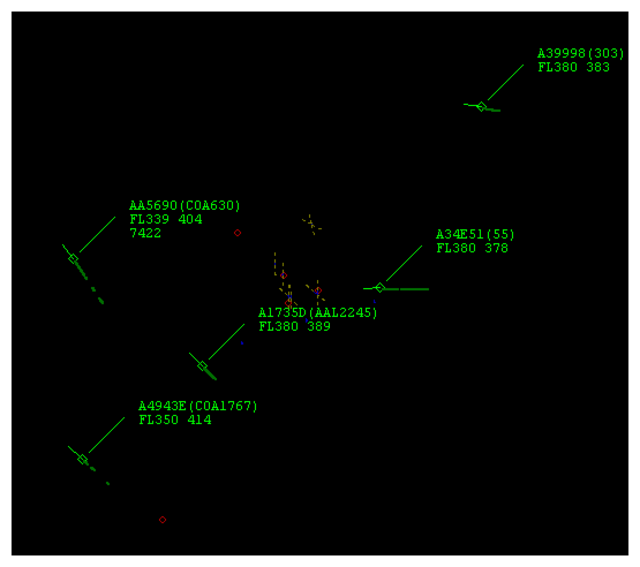NTSB Issues Wings Over Dallas Midair Report
The NTSB says the lack of standardized procedures and the inherent limitations of human performance contributed to the Wings Over Dallas collision in 2022.

NTSB
The NTSB is recommending that airshow bosses be required to undergo recurrent training and that FAA inspectors be better trained in what to look for when monitoring airshow operations. In the synopsis of its forthcoming final report into the midair collision between two American Airpower Heritage Flying Museum warbirds at an airshow near Dallas in 2022, the board also said there needs to be standardization of terminology used in directing show traffic to minimize conflict risk. The probable cause findings into the collision between a P-63 and a B-17 are as follows:
"The National Transportation Safety Board determines that the probable cause of the accident was the air boss’s and air show event organizer’s lack of an adequate, prebriefed aircraft separation plan for the air show performance, relying instead on the air boss’s real-time deconfliction directives and the see-and-avoid strategy for collision avoidance, which allowed for the loss of separation between the Boeing B-17G and the Bell P-63F airplanes. Also causal was the diminished ability of the accident pilots to see and avoid the other aircraft due to flight path geometry, out-the-window view obscuration by aircraft structures, attention demands associated with the air show performance, and the inherent limitations of human performance that can make it difficult to see another aircraft. Contributing to the accident were the lack of Federal Aviation Administration (FAA) guidance for air bosses and air show event organizers on developing plans and performing risk assessments that ensure the separation of aircraft that are not part of an approved maneuvers package and the lack of FAA requirements and guidance for recurrent evaluations of air bosses and direct surveillance of their performance."
The two planes collided as they were repositioning for a pass in front of the crowd at the popular show. The P-63 was supposed to pass in front of the B-17 to set up for the pass but hit the bomber near the left wing root. Both aircraft disintegrated and the five occupants of the B-17 and pilot of the P-63 were killed.






